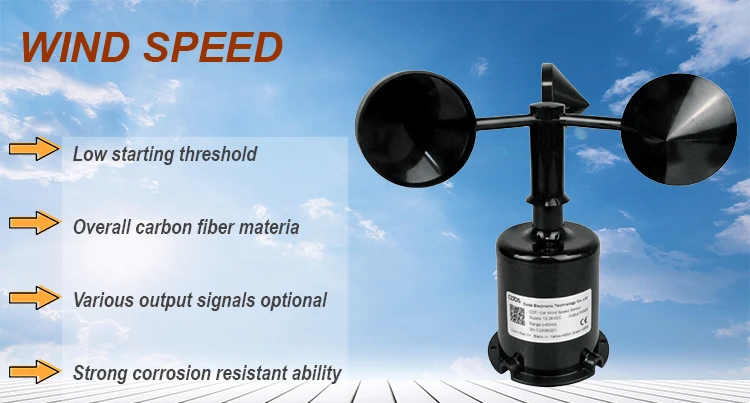Anemometer: Instrument to Measure Wind Speed

# Anemometer: Instrument to Measure Wind Speed
## What is an Anemometer?
An anemometer is a meteorological instrument designed to measure wind speed. This essential tool plays a crucial role in weather forecasting, aviation, marine operations, and various scientific research applications. The word “anemometer” comes from the Greek word “anemos,” meaning wind, and “metron,” meaning measure.
## Types of Anemometers
### 1. Cup Anemometer
The most common type features three or four hemispherical cups mounted on horizontal arms that rotate with the wind. The rotation speed is proportional to wind velocity.
### 2. Vane Anemometer
Also known as propeller anemometers, these devices combine a wind vane with a propeller to measure both wind speed and direction simultaneously.
### 3. Hot-Wire Anemometer
These electronic instruments measure wind speed by detecting changes in electrical resistance as wind cools a heated wire element.
### 4. Ultrasonic Anemometer
Using ultrasonic sound waves, these advanced models can measure wind speed and direction without moving parts, making them more durable in harsh conditions.
## How Anemometers Work
The basic principle involves converting wind energy into measurable mechanical or electrical signals. In cup anemometers, for example, the rotating cups turn a shaft connected to a tachometer that counts revolutions per minute (RPM), which is then converted to wind speed.
## Applications of Anemometers
– Weather stations and meteorological research
– Aviation for airport wind monitoring
– Wind energy assessment for turbine placement
– Building ventilation system testing
– Marine navigation and safety
– Industrial process control
## Choosing the Right Anemometer
When selecting an anemometer, consider:
– Measurement range and accuracy requirements
– Environmental conditions (indoor/outdoor use)
– Data recording capabilities
– Power source (battery, AC, or solar)
– Additional features like temperature or humidity measurement
Modern anemometers often combine multiple functions, offering wireless connectivity and data logging capabilities for comprehensive environmental monitoring. Whether for professional meteorologists or weather enthusiasts, understanding wind patterns begins with accurate measurement using this fundamental instrument.
Keyword: instrument measure wind speed